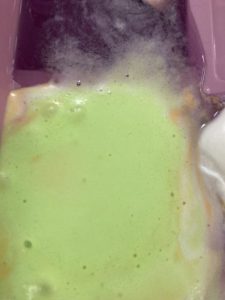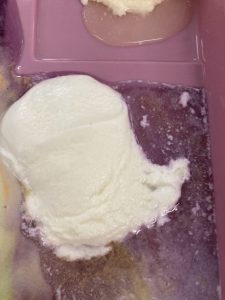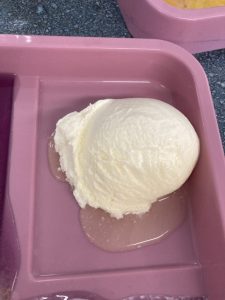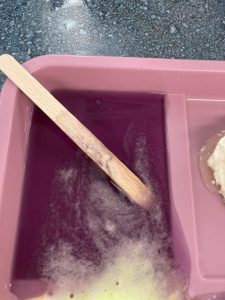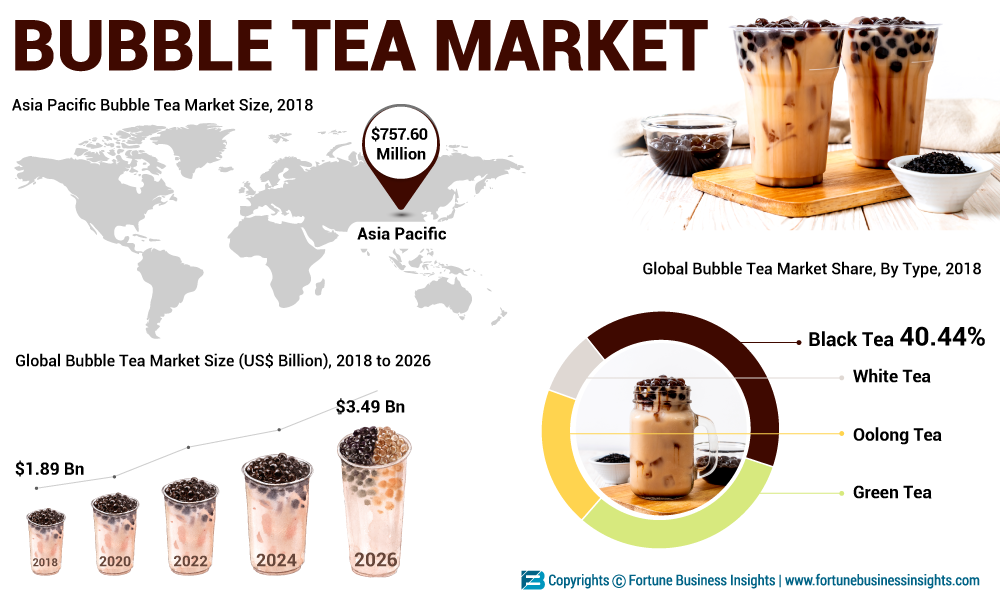Hi parents, guardians, and families of Division 5!
Very soon, you should be receiving an e-mail with some important information about Student Led Conferences on Thursday, May 12th. This year, we are excited to be able to welcome you into our classroom for in-person Student Led Conferences! Please check your e-mail for information on how to sign-up for a time slot. I will send out some information about what to expect sometime early next week.
However, I know that not everyone is available on this day and some families may not be comfortable being in-person yet. Please reach out to me and we will make something work! I am looking forward to celebrating each and every student’s accomplishments with you all!
Best,
Ms. Ward


/__opt__aboutcom__coeus__resources__content_migration__mnn__images__2016__03__Tully-monster-mystery-d05b1434c6184c41a607fbddb3e44100.jpg)


